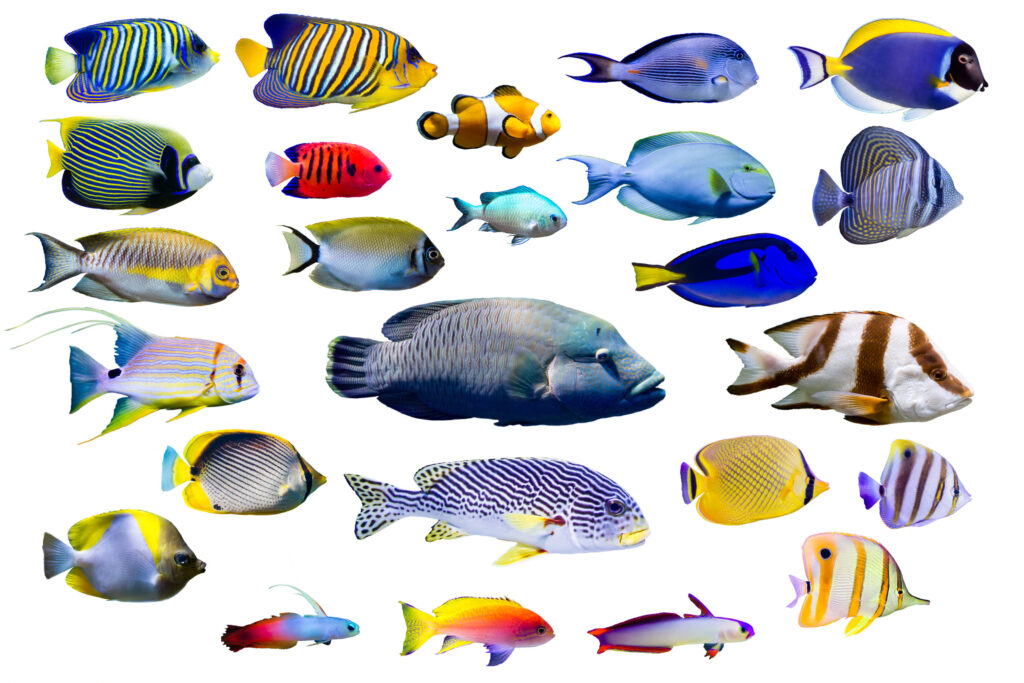
There are so many great reasons to use fish amino acid in your garden. Also known as fish fertilizer, this product provides nutrition to plants in ways that are similar to, but arguably potentially better than, other organic garden fertilizers. There are different types of fish fertilizer and different reasons to use fish amino acid in your garden.
What Is Fish Fertilizer?
There are different types of fish fertilizer, which all rely on the healthy ingredients in fish to feed your garden. These types include fish meal, fish emulsion, and hydrolyzed fish fertilizer. They’re each made a little bit differently. Some smell fishier than others, which people may find deters them from using those products. Some you can make yourself. The point of all of them is to maximize your garden’s health and growth in a natural, organic way.
What Is Fish Amino Acid?
Fish Amino Acid is a product that you can purchase or make yourself. Basically, you use a fermenting process to bring out the amino acid in fish scraps. You then use this product to improve the organic, natural growth in your garden.
5 Reasons To Use Fish Amino Acid on Your Plants
There are a lot of different reasons to use fish amino acid in your garden. Here are the top five:
1. It’s An Age-Old Organic Practice
Indigenous Americans often planted fish in their gardens because they knew that this would help grow their plants. Similarly, fish amino acid has historically been used in Korean natural farming practices. This age-old custom takes us back to the roots of gardening and crop-growing, when people relied on affordable, natural, organic materials. Getting away from commercial, chemical fertilizers is one of the most common reasons to use fish amino acid in your garden.
2. Naturally Provides Nutrients to Plants
Fish fertilizer provides many different nutrients, minerals, and vitamins to your plants. These include calcium, iron, nitrogen, phosphorus, and potassium. Help your plants get everything that they need naturally with just a little bit of fish!
3. Plus, It Feeds The Soil
Fish fertilizer feeds your plants. However, it also feeds all of the soil that your plants are growing in. Your entire garden benefits from adding this product to your gardening process. Pennington explains that unlike fast-acting chemical fertilizer, slow-acting fish fertilizer feeds the whole garden in the best possible way. Bacteria, worms, and fungi in the soil all use what they need, processing it before it gets to the roots of the plant so that the plant can get exactly what it uses best. This aerates the soil allowing the roots of the plant also to have the best soil in which to thrive.
4. Put Fish Scraps to Use
Frugal gardening goes hand-in-hand with avoiding waste, right? If you already eat fish in your home, then avoid wasting the parts that you don’t eat by putting them right into your garden. You can also ask your local butcher for fish scraps. Save them from wasting away in a landfill by turning them into fertilizer.
5. Affordable Fertilizer Option
If you use fish that you or the butcher would throw away anyway to DIY your own fish fertilizer then it’s basically going to cost you almost nothing extra at all. Therefore, you save money. You don’t have to buy fertilizer when you can make it on the cheap.
Read More:
- 4 Cost-Effective Organic Garden Fertilizers
- 5 Things to Consider When Recycling Soil
- How to Get Free Worms For Your Garden
Kathryn Vercillo is a long time writer, crafter and author of several books. A resident of San Francisco, she is committed to helping others explore, articulate and share their own individuals stories. When she’s not evaluating investing opportunities Kathryn is an avid knitter, researcher, and blogger.
Leave a Reply